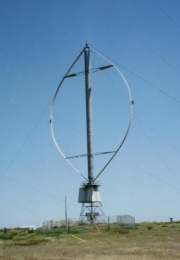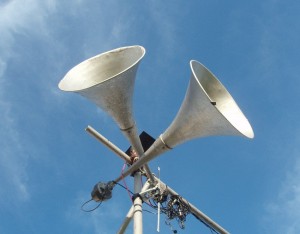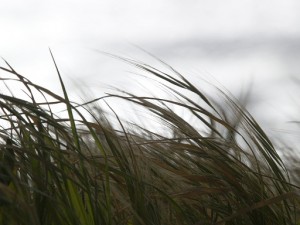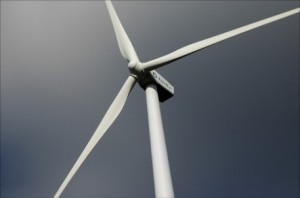Quinnipiac University in Connecticut has reduced its dependence on the grid in drastic fashion, by installing 25 vertical axis wind turbines in a small wind turbine farm.
It is the first US college to implement such a wind farm. The 25 turbines combined will generate approximately 32, 626 kWh per year. The university campus covers 250 acres and this wind farm powers about half of the external lights.
The vertical axis wind turbines the university chose are the Windspire wind turbines manufactured by Mariah Power. They vary in height from 35-45 feet, aren’t very wide so they don’t take up much space and they are pleasant looking, not an ugly eyesore.
Vertical axis wind turbines (VAWT) differ from conventional horizontal turbines in that they perform regardless of wind speed and direction. They are also much quieter and more efficient.
[youtube]http://www.youtube.com/watch?v=YATcbaluBBQ[/youtube]
Watch the video on youtube here: http://youtu.be/YATcbaluBBQ
The Windspire models are quiet, durable and low cost. Because of this they are perfect for urban, suburban, rural and remote locations.
“Quinnipiac University is committed to building one of the most environmentally friendly campuses in the country,” said Quinnipiac University President John Lahey. “Our York Hill Campus reflects our ongoing commitment to using renewable energy sources and educating our students about the importance of environmental issues.”
Going green is nothing new to this campus as they have converted their lighting to more energy efficient fluorescent lighting, purchased the most energy efficient heating and cooling equipment and have had a recycling program in effect for more than 10 years.
For more details on Windspire Energy, click here.








